Plant Out Rudbeckia In Spring – But Wait For The Last Frosts If Growing Annual Types
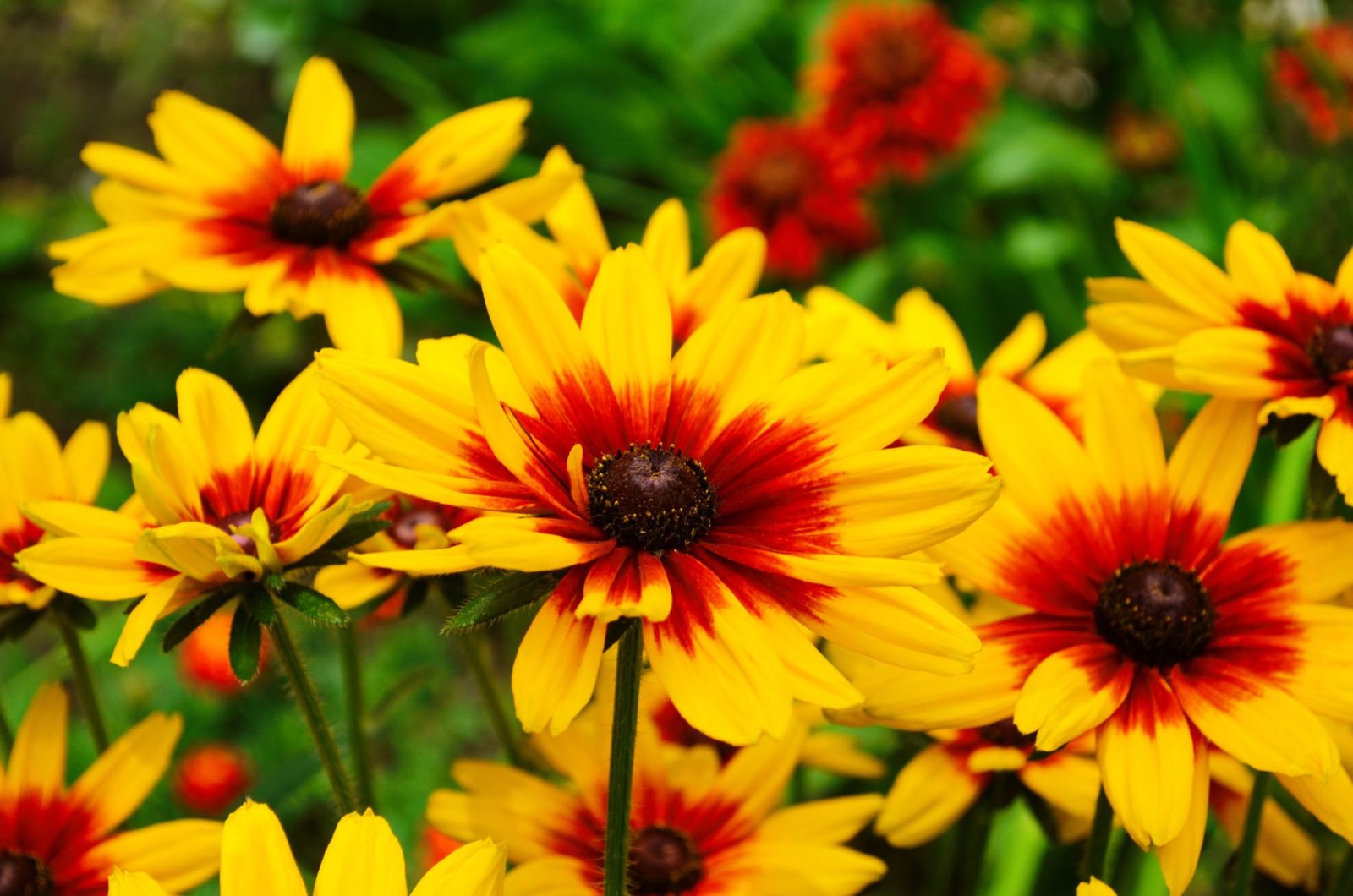
PERENNIALS > RUDBECKIA > PLANTING

Ed is a horticultural therapist, professional gardener and writer. Ed has a BSc in Occupational Therapy from Coventry University and a Diploma in Social and Therapeutic Horticulture (DipSTH) via Thive, the RHS and Pershore College. Ed runs a community kitchen garden in West Sussex, where he leads horticultural therapy sessions.
Reviewed By COLIN SKELLY

Colin is a Horticulturist and Horticultural Consultant with experience in a range of practical and managerial roles across heritage, commercial and public horticulture. He holds the Royal Horticultural Society’s Master of Horticulture award and has a particular interest in horticultural ecology and naturalistic planting for habitat and climate resilience.
Contributions From EMILY CUPIT

Emily is a Gardening Writer, Photographer and Videographer from Derbyshire, UK. She is the Founder of Emily's Green Diary - a community of more than 75,000 people who share in her gardening journey.
IN THIS GUIDE
RUDBECKIA GUIDES
Common Problems
Dividing
Growing From Seed
Planting
Pruning
Varieties
Rudbeckia, or ‘Black Eyed Susan’ as they are commonly known, can be perennial or annual plants that produce vibrant daisy-like flowers in late summer.
Most rudbeckia varieties grown in the UK are perennial, although less hardy annuals in an array of colours are also available.
Planting rudbeckia is as simple as:
- Source your plants from a local garden centre or sow from seed
- Choose a suitable growing space or container in your garden
- Plant out in spring or summer
- Care for your Rudbeckia with frequent watering and fertilising
Here’s a simple process for planting rudbeckia:
1) Decide When To Plant Rudbeckia
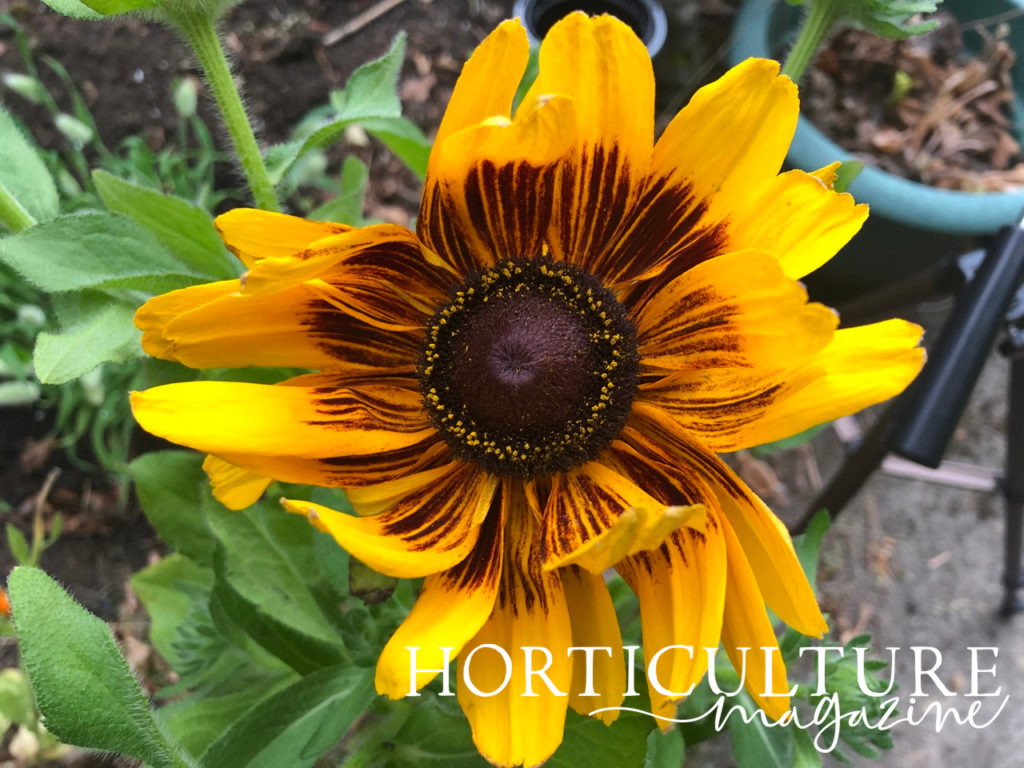
Perennial rudbeckia plants should be planted in spring from March to April.
Annual rudbeckias are less hardy and need planting out after the last frosts in May or June.
2) Source Your Plants
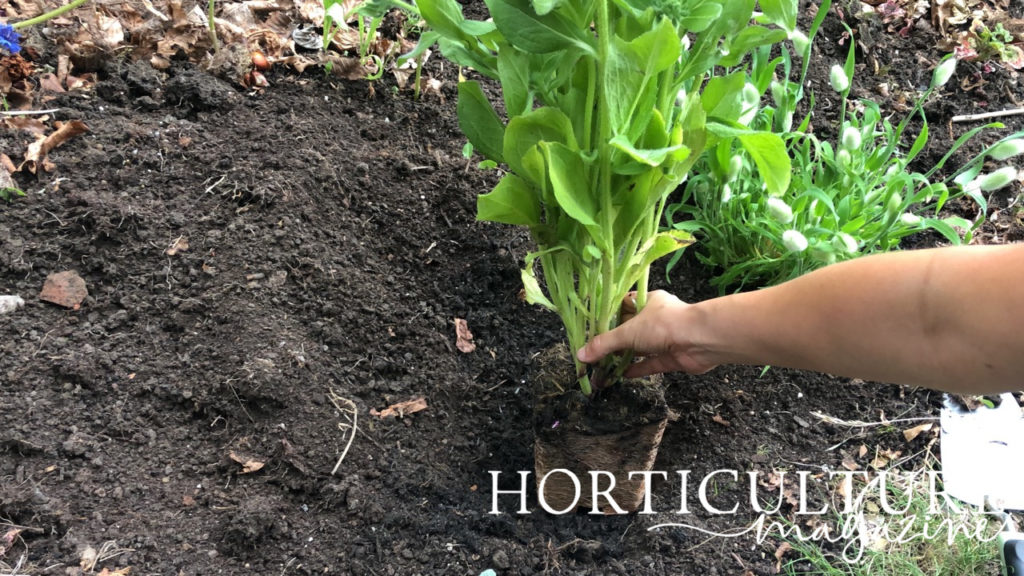
Rudbeckia plants are widely available to purchase either as plug plants that will need growing on before planting or as potted plants ready to plant out.
Annual rudbeckias can be grown from seed to flower in the same season, but perennial rudbeckia plants may take time to establish before producing an impressive display of blooms.
3) Choose A Suitable Location
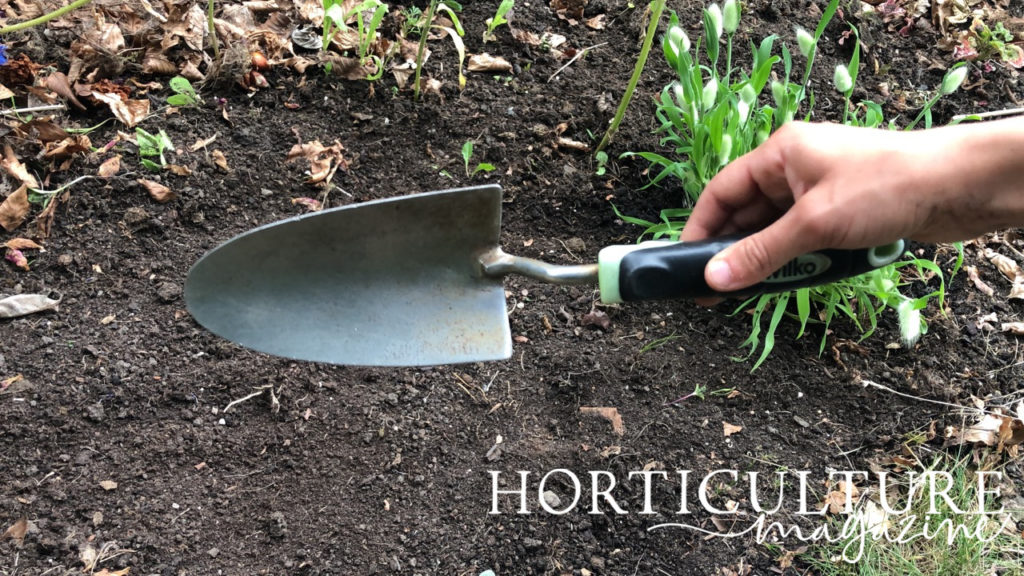
Rudbeckias thrive in full sun to partial shade in either a sheltered or exposed spot, a south-facing or west-facing aspect is ideal.
Too much shade will limit the number of blooms so it is best to try and plant rudbeckia in as much sun as possible.
Rudbeckias look striking when planted directly in the ground, as part of a prairie-style scheme or in containers.
However, some perennial forms can grow to more than 2m in height and width, so may do best in the back of a bed or border.
“Many popular perennial Rudbeckia cultivars are from the species R. fulgida and are good front or mid-border plants, depending on your soil type (the more nutrients and moisture retention, the larger the plants),” shares Colin Skelly, a Master Horticulturist.
“Species such as R. laciniata will flower to over 2m tall, so bear the height in mind when choosing and placing perennial Rudbeckia.”
4) Plant Out
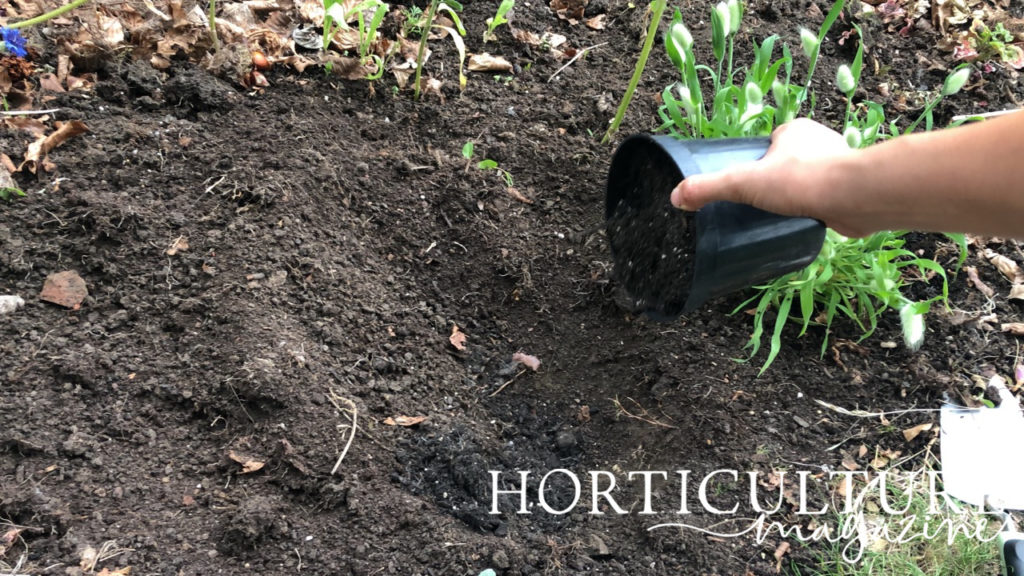
Rudbeckias grow best in fertile soil that is moist but free-draining.
Therefore, it can be advisable to incorporate some well-rotted manure into the soil before planting or to use some fresh peat-free multi-purpose compost for pots and containers.
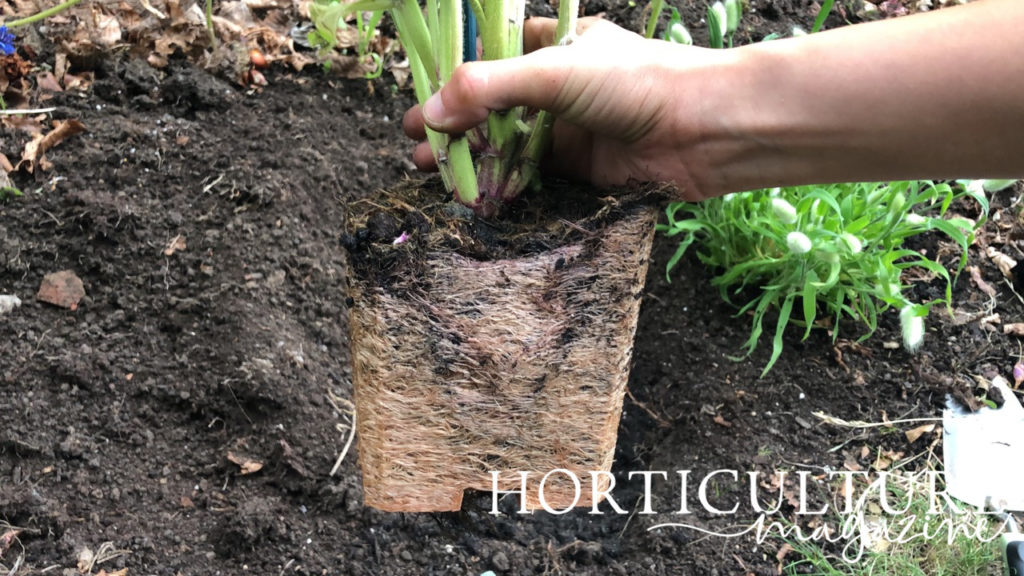
Dig a hole wide and deep enough to generously accommodate the root ball and plant at the same depth it was previously planted at.
Backfill with soil or compost, firming in as you go and water thoroughly on planting.
5) Growing On
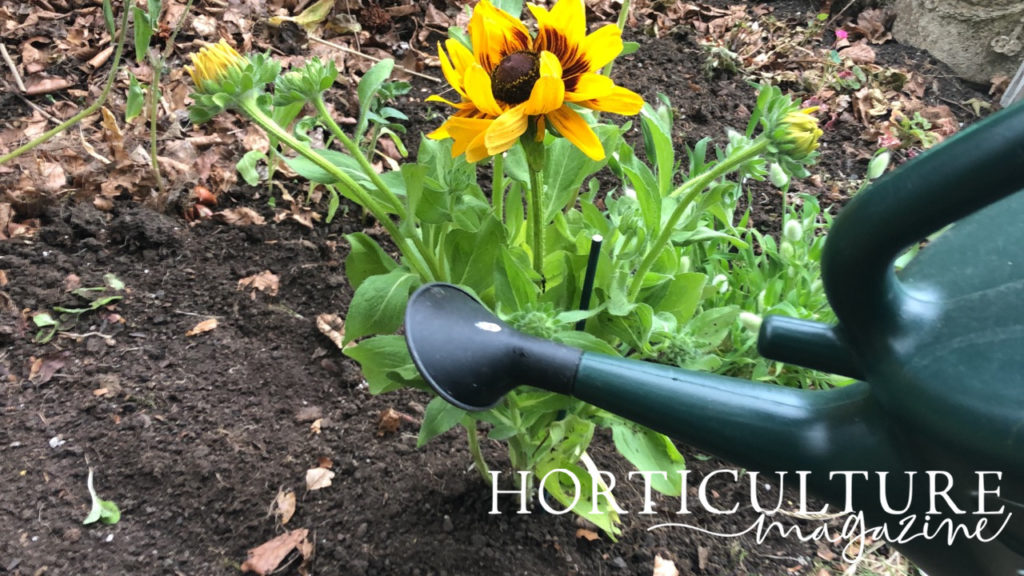
Rudbeckias prefer a moist soil, so mulching can be advisable and watering is required, especially during hot and dry spells.
However, be careful not to overwater as they dislike wet or waterlogged soil.
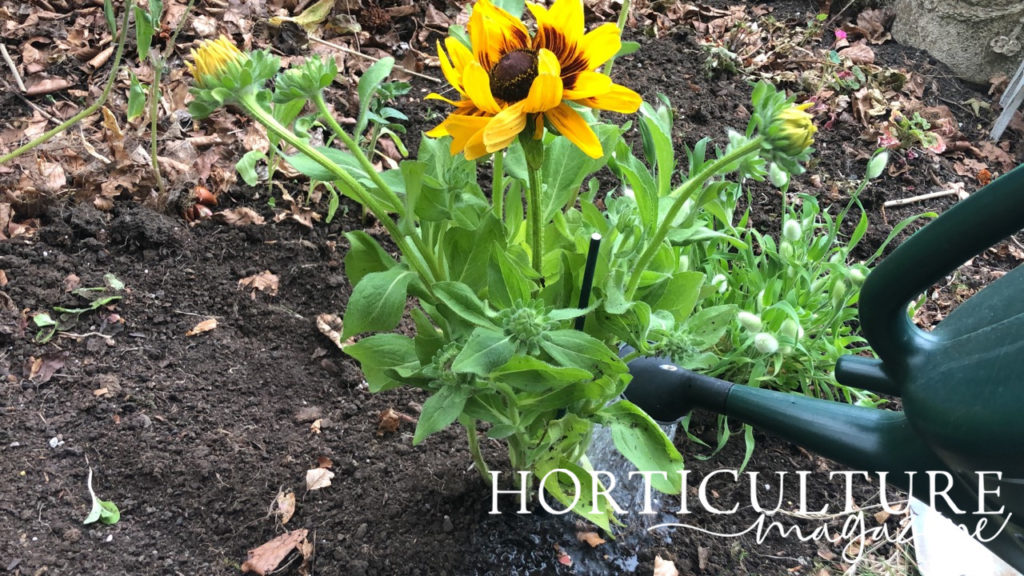
If grown in pots or containers, rudbeckias will need more frequent watering as they will dry out more quickly than those grown directly in the ground.
